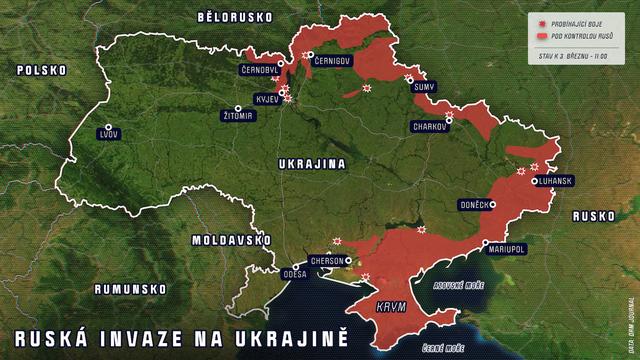
Czech dancers upset the indigenous Maory.Faces accusations of racism
České tanečnice naštvaly domorodé Maory. Čelí obvinění z rasismu
The video published last week on Instagram caused a big stir, but not as the dancer would probably wish.Within three days, more than 22,000 views have gained attention in New Zealand.
"When the girls have a haku on a hook," says an exaggeration headline to a video completed with #bollyhaka hashtags, #facepainting, #dancefusion and #newzealandinspiration.
However, an attempt at the fusion of two originally quite distant cultural styles was caused by the displeasure of Maori activists who did not understand even to imitate classic Maori tattoos.

"The video is an ever -growing trend of online cartoons describing Maora as savages, uneducated and aggressive people, yet masking as a joke," said Karaitiana Taiur, an advisor to Maori culture working at the Canterburg University in New Zealand's city in Christchurch.
He added that in this it is the same as the so -called blackfacing, that is, dyeing the skin on the face of black.
The dancer criticism shocked
"It is a clear racism that falls on all Maora and on Maory trying to revive the ancient customs of facial tattoos called the Moko (men) and Moko Kauae (women)," added Karaitiana Taiuru.
Meanwhile, on social networks, as is customary in these cases, many users have risen who accused racism dancers without taking into account the context of the video.“It's disgusting.Concentrate on your own culture before distorting the others, ”one of the users said.
| Blackfacing |
| Termín blackface vznikl v průběhu 19. století v USA. Jedná se o divadelní make-up, pomocí kterého bílí herci vytvářeli karikatury černošských postav. Tyto postavy často znázorňovaly černošské stereotypy a mýty a upevňovaly tak řadu rasistických předsudků. |
| V 21. století se termín blackface vztáhl na všechny lidi, kteří nejsou černochy a černochy zpodobňují. Kritici však namítají, že podstata blackfacingu závisí na kontextu, respektive na účelu, kvůli kterému nečernošská osoba černou osobu ztvárnila. |
“When someone is an artist, they can create as they want.It is up to others how they take the work, ”said Jarmila Chromíková to the news.The strong resistance against the recording shocked her.It completely refuses that the video was created as an attempt to ridicule culture.
Maori culture knows the members well, one of the dancers in New Zealand has long stayed."We have a lot of friends among them," says Chromíková.The video was supposed to be a tribute to the culture that dancers admire.Now it is no longer seen on social networks.
yknivoNumanzeSaNyknalC






